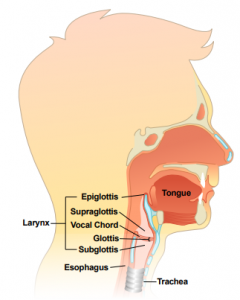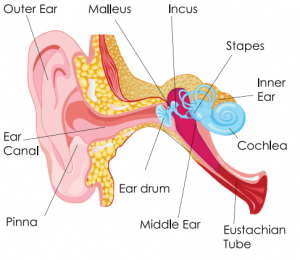Salivary Gland Disorders: Cause, Symptoms & Diagnose
Your salivary glands have an essential role in producing saliva that keeps the mouth soggy, assists in digesting food and guards the teeth against decay. The salivary glands are quite small and found around the inner facings of cheeks, lips and mouth.
There are plenty of diseases that potentially can affect the salivary
glands, ranging from Sjogren’s syndrome to cancerous tumours. While some
conditions can be treated with antibiotics, others need specific treatment such
as endoscopic surgery Tampa.
What Causes Salivary Gland Disorders?
The human body consists of 3 paired salivary glands known as the
Sublingual, submandibular and parotid glands. They’re accountable for producing
salvia. Congested salivary glands are the most common cause of Salivary
Gland Disorders —they
can cause serious and painful symptoms.
However, viruses such as cytomegalovirus, echovirus, coxsackievirus,
mumps and flu virus can also impact the salivary glands badly.
What are the symptoms of salivary gland diseases?
- Fever
- Foul- or strong-smelling
pus
- Pus that drains out to the
mouth
- Lump under the chin or in
the cheek
- Increasing pain during
eating
- Painful lump under the
tongue
- Difficulty in swallowing,
speaking and eating
- Yellow mucus that flows out
when the cyst torrents
How are salivary gland diseases diagnosed?
In such conditions, it is crucial to consider seeing an experienced and
certified ENT specialist. They will recommend you some testing based on the
physical examination and medical history. Some salivary gland disorders are
obvious from the physical exam and history, while some require special
attention from the ENT.



Comments
Post a Comment